With all the wild wintry weather we’ve been having and March break just around the corner, I’ve been on the lookout for books and activities that will keep the kids’ hands and brains busy for the next few weeks. Luckily, our friends at DK Books just sent over a selection of books from their Hands-On Learning with STEM catalogue for us to look at, and they’re perfect for curious kids of all ages!
DK makes books that engage kids in both the “why” and the “wow” – you can’t go wrong with any of the volumes here. Find out what we like about them and enter our contest at the bottom of this post to win a set of books for your own kids.
Maker Lab: Outdoors by Jack Challoner
Explore, discover, understand! We love DK’s Maker Lab series of books. They’re filled with fun, hands-on activities that teach kids about the world around them. This outdoorsy Maker Lab volume delves into the science behind nature with 25 hands-on creative projects in the broad areas of Nature Watch, World of Weather, Water Power, and Earth and Sky.
Maker Lab: Outdoors brings scientific principles into your own backyard with projects like building a wormery, making ice cream (yum!), or creating a DIY latitude locator (all the templates you need are in the back of the book) that will help you find your location by the stars just like ancient navigators.
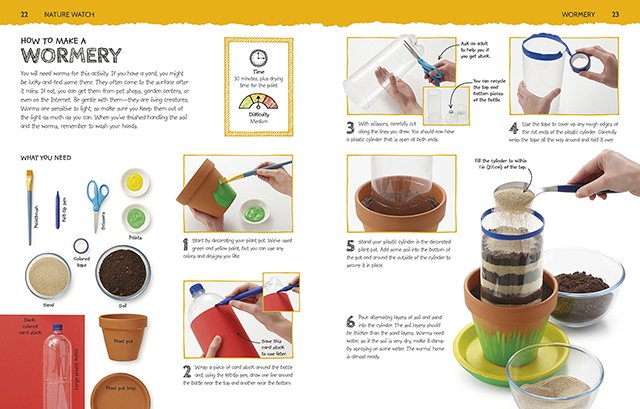
Each project clearly outlines the time required, level of difficulty, and supplies needed. You’ll find clear, step-by-step photos and instructions, a simple explanation of how it works, and an example of the concept in action so kids can understand how these concepts are applied in the real world. Check the Take It Further sidebars for ways that kids can experiment further and extend their learning.
STEM Lab by Jack Challoner
The newest addition to DK’s popular Maker Lab series is STEM Lab with another 25 step-by-step projects organized into four sections covering Forces and Motion, Liquids and Reactions, Shapes and Structures, and Light and Sound.
How can construction cranes lift so much weight? How do whales stay warm in the Arctic ocean? How does a harmonica make music? Curious kids will learn about these and more, exploring basic science, technology, engineering, and math concepts through fun, hands-on projects and interactive experiments.
A few weeks ago we tried a version of the gel air freshener project in the book. Not only did we end up with great-smelling bedrooms, we also learned about polymer chains and their behaviour when you heat them up then cool them down.
How Machines Work: Zoo Break! by David Macaulay
This is the story of best friends Sloth and Sengi (an elephant shrew) as they come up with increasingly complicated plans and machines for escaping the zoo. Each page explores one of six simple machines – inclined planes, wedges, levers, wheels and axles, pulleys, and screws – and highlights how familiar objects like zippers, see saws, and bicycles work.
This fun book uses multiple interactive elements like lift-the-flaps, pull-the-tabs, and fold outs to demonstrate the machines in action. The interactive cover will draw kids in right from the beginning as they turn the gears that power the crank attached to the lever that moves Sloth up and down.
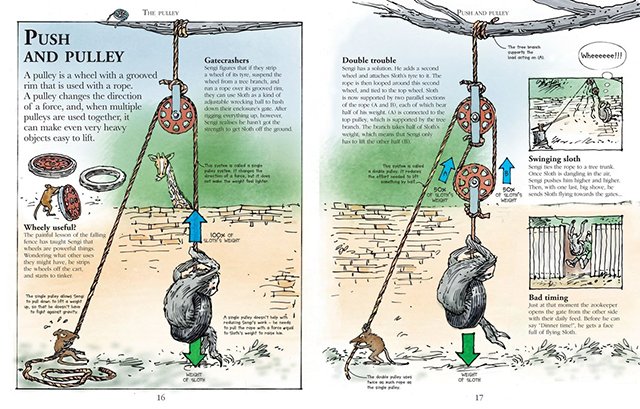
The Incredible Math Games Book
This interactive book makes math fun! Inside its colourful covers, you’ll find eight board games applying basic math concepts like addition, subtraction, shapes, fractions, multiplication, and division.
Many of the games include interactive lift-the-flap elements that draw kids in as well as provide the answers to the math problems presented. This book is a great way to get kids to have fun, play with numbers, and practice essential math skills without even realizing it. I can’t tell you how gratifying it is to see my kids begging to play math games!
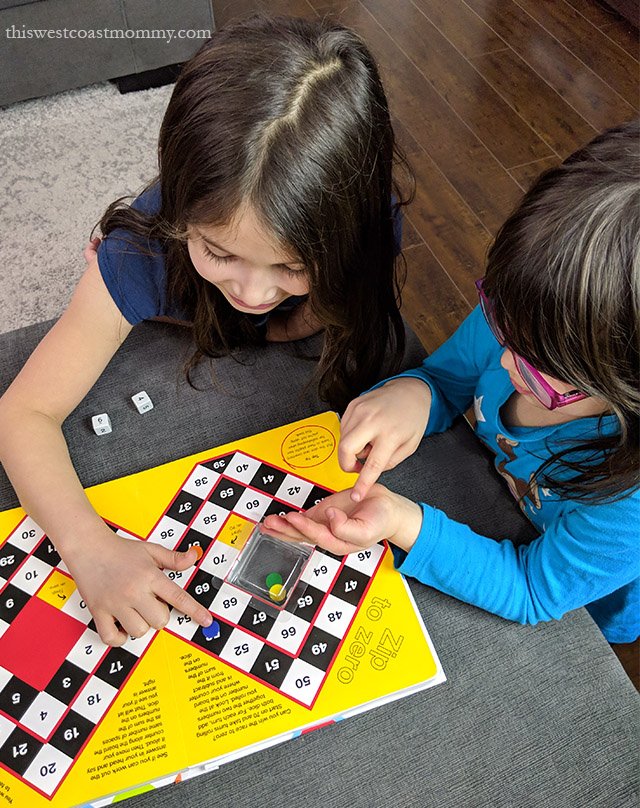
The book comes with everything your child needs to play including two dice and four plastic counters stored in a plastic clamshell case in the cover, making this a great book of games for travelling too!
Pro tip: Keep a couple of large rubber bands in the cover to hold the pages down while you’re playing.
Super Cool Tech: Technology, Invention, Innovation
Older kids will love exploring the cutting edge and future technologies presented in Super Cool Tech. They’ll learn how a Hololens headset can be used as a communication aid or for gaming, and how a special kind of concrete can actually self-repair cracks all by itself! The book is designed to look like a laptop which is a neat visual device, but also a bit awkward for reading unfortunately.
Find out what it’s like living aboard the International Space Station. Learn how quantum computing chips work millions of times faster than traditional computers. Discover what fuel powers the Bio-Bus (hint: you’ll find it in your toilet!).
And for those wondering what’s to come, there’s a company working right now on the concept flying car that I’ve been waiting for since The Jetsons showed me what the future would look like. How it Works boxes on each spread uses straight forward language to explain the concepts in a way kids and adults will both appreciate.
Coding Games in Scratch: A Step-by-Step Visual Guide to Building Your Own Computer Games by Jon Woodcock
Computer coding teaches creative thinking, problem-solving, and formal logic – skills and abilities that will help kids thrive in a world growing ever more complex and digital. Ever wondered how to get kids started though?
Written for kids aged 8–12 with little or no coding experience, this visual guide teaches essential coding concepts by helping kids build simple games in Scratch, a free programming language available online. Don’t worry, neither you nor the kids need any prior coding experience to follow along! The step-by-step instructions and straightforward graphics will walk them through eight projects and help them build their confidence and coding skills with each project they complete.
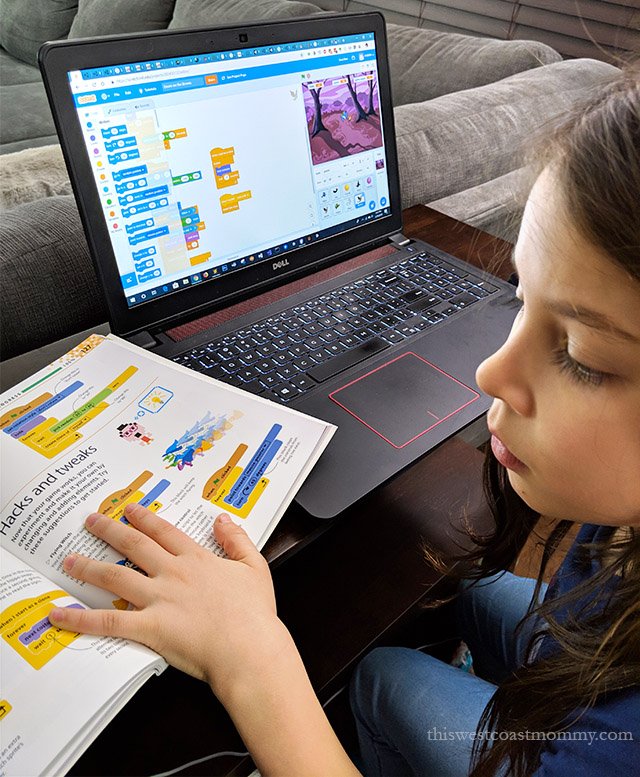
8-year-old Tee has been eagerly working her way through these projects, sometimes with our help and sometimes on her own. She’s so proud of the games she’s built so far, and the skills she’s learning will allow her to strike out on her own to create brand new games to play with her sister and show her friends. Who knows? This might be a career for her one day!
One thing to note is this edition is from 2016 and uses Scratch 2.0. The current online version is Scratch 3.0 though, so there are some differences in the appearance and user interface that may be confusing to kids. As tech-savvy adults (hubby used to design video games for a couple of major studios!), it wasn’t difficult to generalize the instructions to the newest version of Scratch, but if your kids have less experience or less “professional” help at home, you can download Scratch 2.0 from the website and install it on your computer so it exactly matches what you see in this guide. Alternatively, you can wait until later this summer when an updated edition of Coding Games will be available using Scratch 3.0.
Win 2 Maker Lab Books
One of my readers will win two of our favourite books from today’s review for hands-on learning and fun: STEM Lab and Maker Lab: Outdoors. Enter in the giveaway widget below. This giveaway is open to residents of Canada, 18+. All the winner’s entries will be verified.

Click here to check out my other open giveaways and be sure to follow me on Facebook!
Disclosure: I received sample items to facilitate this review. All opinions expressed are completely honest and my own, based on my personal experience. Your experience may differ. This post contains affiliate links. As an Amazon Associate I earn from qualifying purchases, at no additional cost to you.


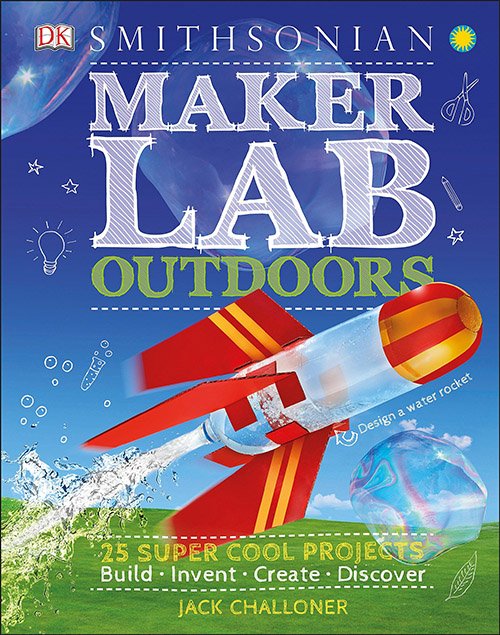
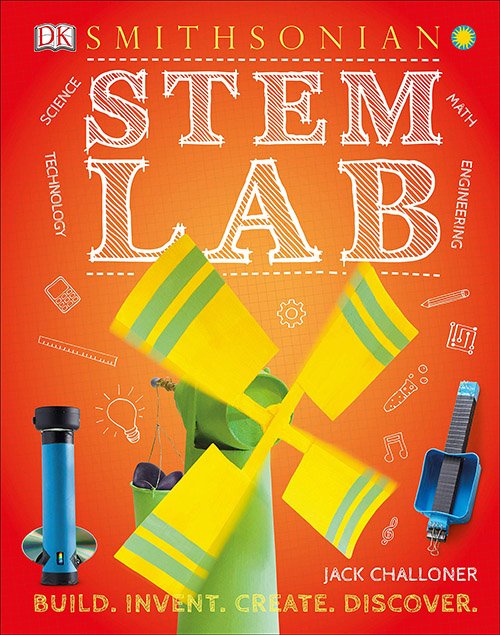

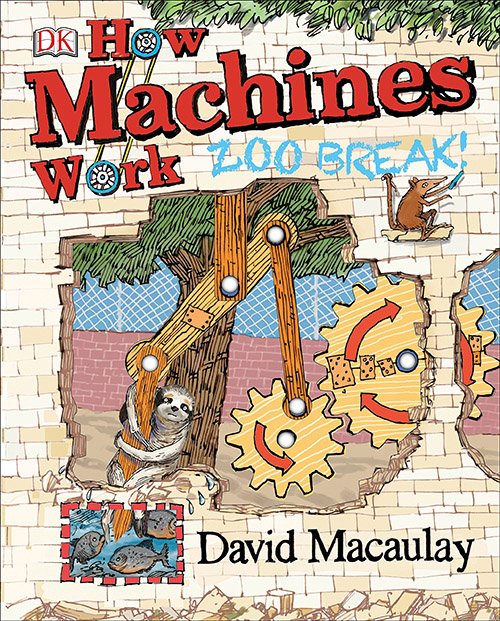
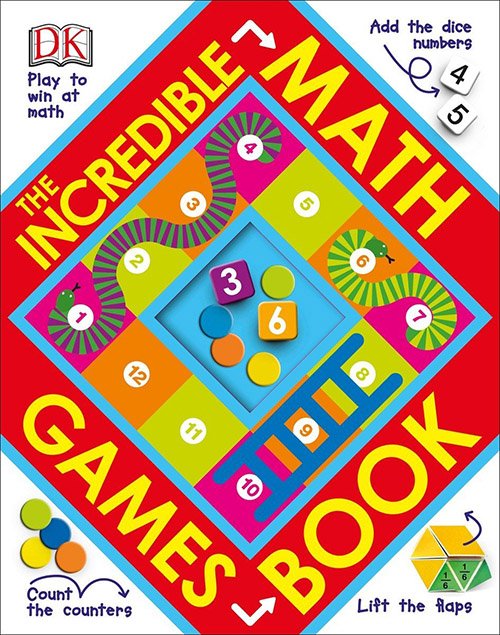

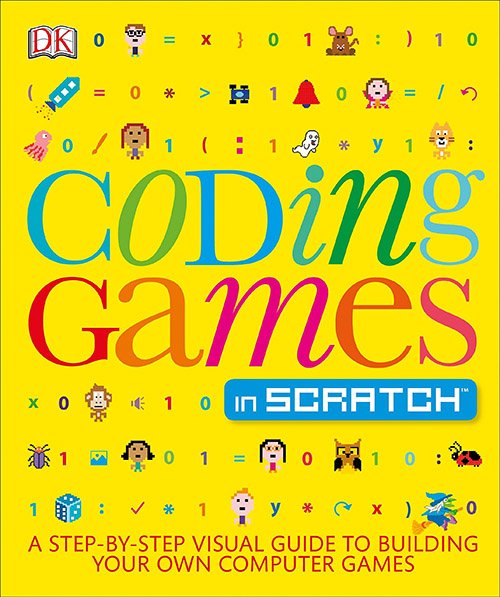
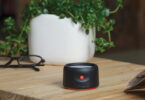
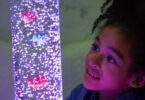
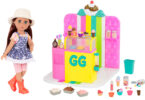
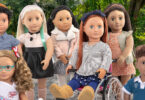

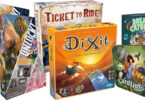
Weather and seasons looks very interesting.
I would love to bring home Crafty Science for my niece!
DK findout! Engineering
I know my granddaughter would like How to be an Engineer.
I think another great book would be Help Your Kids with Science, I struggled with this subject when I was in school, so I feel this would be a great one for the kids
Another interesting title would be Crafty Science.
My kids would like the Crafty Science!
My Grandsons would love the Star Wars Maker Lab
I would like to get Maker Lab as it looks like it has a lot of great ideas.
I would also love “How To Be Good At Math” and “Crafty Science”.
i like these maker lab books they look fun
Look I’m a Scientist would be perfect for my youngest granddaughter!
I would love to bring home the coding games in scratch book.
I think my goddaughter would use ““How To Be Good At Math.” Thanks for this ne. Love DK books.
LOVE these interesting and Fun Activities with Stem Books! Great and Fun way to learn!!
I would love to see my 2.5 year old active son reading this.
There is so many cool books I think my grand kids would love the 3D Printing Projects book
I favor the book The Incredible Math Games Book which I would give to the children living next door for them to enjoy.
I am interested in the Helping Kids with Science book because this is a great way to help answer questions and learn to love science.
i’d bring home ‘Crafty Science’.
My grandson is the picture of curiosity and I am looking forward to working with him on projects, just like what are laid out in the books.
My son would love Look I’m a Scientist
I’d also like to get Virtual Reality.
I think the book 3D Printing Projects would be a book I would like to have. I find the whole process of this technology very interesting and think children are learning more about this in school now so they would enjoy it also.
I would love Star Wars Maker Lab.
I think that my younger kids would love the Junior Maker book from DK books.
How to Be a Scientist is a great book to nurture a child’s curiosity.